Reviewed by Julianne Ngirngir
Imagine a laptop where you can literally swap out the GPU in two minutes, no screwdriver required. Framework CEO Nirav Patel promised "the holy grail for gamers" with the Framework Laptop 16, and now they're delivering on that vision with some serious hardware muscle. The second-generation Framework Laptop 16 is coming in November, packing NVIDIA's latest GeForce RTX 5070 GPU alongside AMD's cutting-edge AI 300 processors. This isn't just another laptop refresh—it's a fundamental shift in how we think about portable gaming performance and future-proofing our tech investments.
The RTX 5070: NVIDIA's latest powerhouse arrives
Let's break down what makes this GPU special. The NVIDIA GeForce RTX 5070 delivers impressive specs: 4608 cores running on NVIDIA's new Blackwell architecture, built on a 4nm manufacturing process. The base frequency hits 1425 MHz while the maximum frequency reaches 2347 MHz, paired with 8GB of GDDR7 memory running at 1500 MHz with 384 GB/sec of memory bandwidth.
Now here's where those specifications translate into real-world gaming power—Framework says you'll see a 30 to 40 percent performance uplift from AMD's 7700S to NVIDIA's 5070. That jump comes courtesy of the Blackwell architecture's efficiency improvements and the GDDR7 memory's increased bandwidth, which work together to deliver more frames per second in demanding games. The new 5070 operates with 100 watts of sustained power and cooling capacity—optimal for balancing performance with thermal management in a modular laptop design.
Beyond raw performance, the RTX 5070 supports cutting-edge technologies that'll keep your system relevant for years: DLSS 4, NVIDIA Reflex 2, PCI Express Gen 5, and DirectX 12 Ultimate. DLSS 4 particularly stands out, using AI to boost frame rates while maintaining visual quality—essential for getting the most out of high-refresh displays.
What makes this system configuration special?
The second-gen Framework Laptop 16 represents more than just a GPU upgrade—it's a complete performance overhaul. The new mainboard features AMD's AI 300 / Strix Point processors, offering up to a 12-core/24-thread Ryzen HX 370 with Radeon 890M graphics. This CPU-GPU combination creates a system that excels at both gaming and productivity workloads—crucial for users who need their laptop to handle everything from AAA gaming to video editing.
The expandability story gets even more impressive when you consider long-term usage scenarios. Users can configure RAM up to 96GB and storage up to 10TB—specifications that would have been workstation-exclusive just a few years ago. For content creators who frequently work with 4K video or massive datasets, these capabilities mean never running out of working space, while gamers benefit from ample room for extensive game libraries.
Connectivity receives equal attention with four simultaneous display outputs, making this a legitimate desktop replacement for multi-monitor productivity setups. The system ships with a redesigned power adapter that may be the first laptop ever with a 240W USB-C adapter—enough power to drive high-performance components while maintaining the convenience of USB-C charging.
Pricing strategy: modularity meets market reality
Here's where Framework's modular philosophy transforms from concept to compelling value proposition. Prices start at $1,500 for the base configuration, positioning competitively against traditional gaming laptops in the mid-range segment. But the economic calculation changes dramatically when you factor in the upgrade ecosystem—current owners of 2024's Laptop 16 can upgrade to the NVIDIA-powered graphics module without replacing their entire system.
For new buyers, a fully configured laptop with the RTX 5070, 16GB RAM, 512GB storage, and six USB-C ports costs $2,499. When compared to traditional gaming laptops in this performance tier, the pricing becomes compelling once you consider total cost of ownership over 3-5 years. Instead of buying entirely new systems for GPU upgrades, Framework users can physically swap the GPU in as little as two minutes—revolutionary for laptop gaming economics.
PRO TIP: Framework will sell most if not all components individually for existing owners, creating a sustainable upgrade path that extends your laptop's useful life far beyond traditional replacement cycles.
Market implications: redefining gaming laptop lifecycles
Framework's RTX 5070 launch represents something unprecedented in gaming laptops—true component-level upgradeability with flagship performance. Shipments begin in November, giving Framework a strategic head start before NVIDIA RTX 50-series gaming laptops arrive in March. This timing advantage allows Framework to establish the modular gaming narrative before competitors flood the market with traditional, non-upgradeable alternatives.
What's particularly compelling is Framework's execution—they've delivered professional-grade expandability without the typical compromises. The combination of AMD's latest processors, NVIDIA's cutting-edge GPU, and the improved second-gen webcam creates a system that genuinely competes with desktop replacements while maintaining portability.
The broader question becomes whether Framework can shift industry expectations toward repairability and upgradeable design, or if this remains a premium niche for enthusiasts who value sustainability over pure performance-per-dollar. Either way, Framework has proven that modular doesn't mean compromising on power—and for anyone tired of treating laptops as disposable electronics, that's a game-changing proposition.




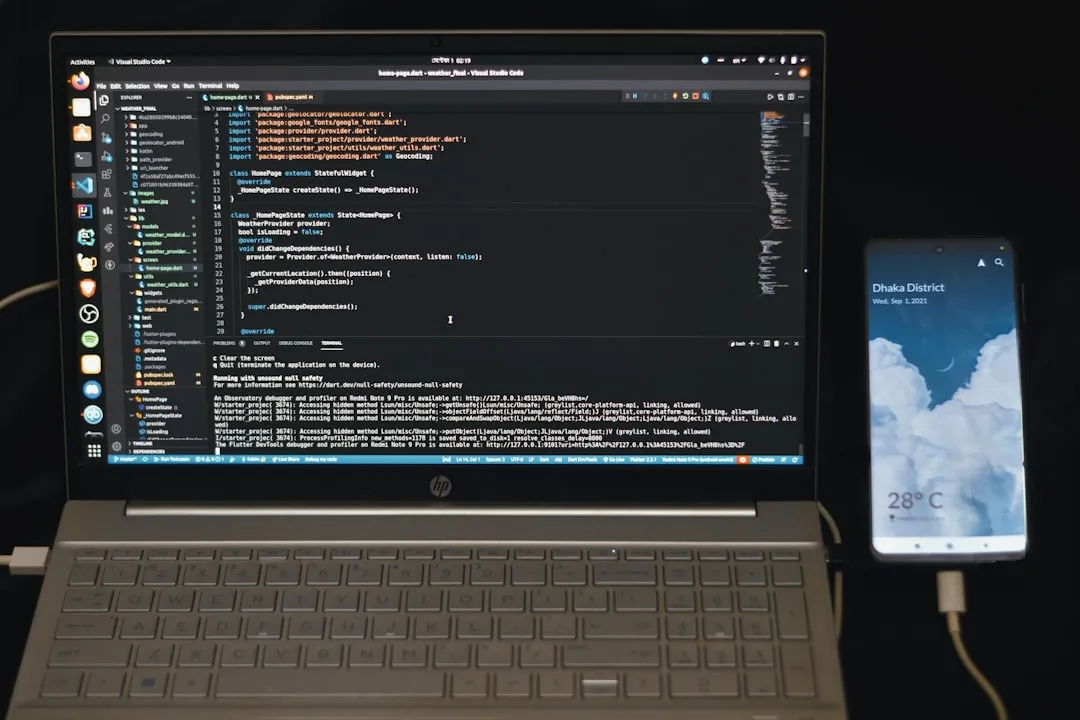
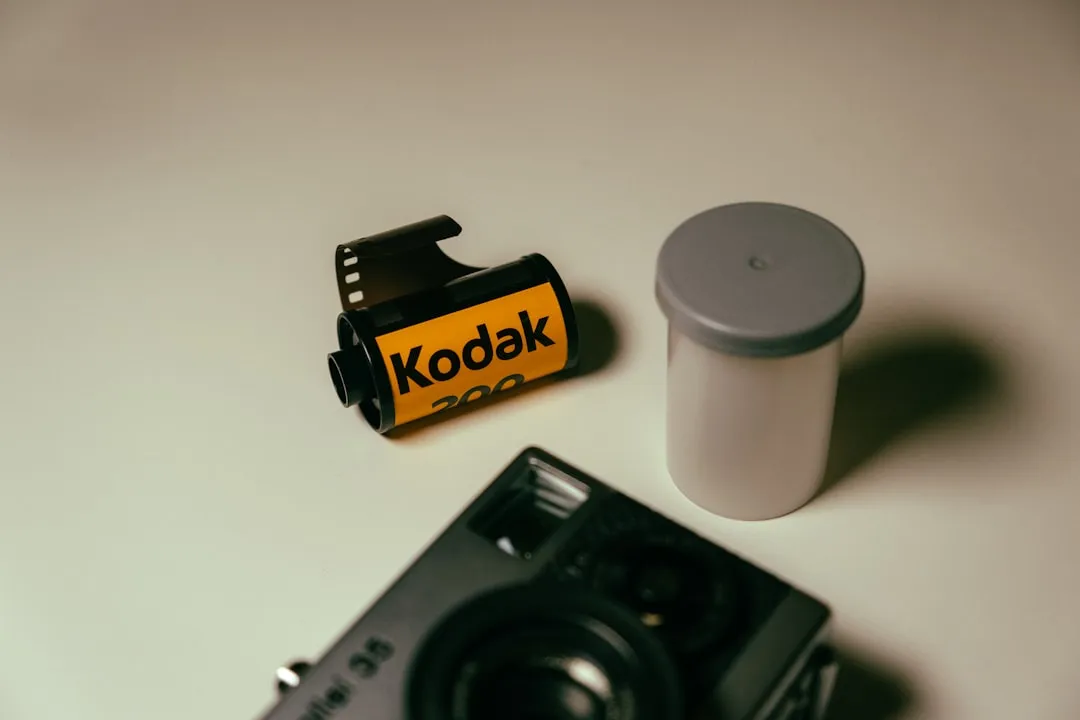
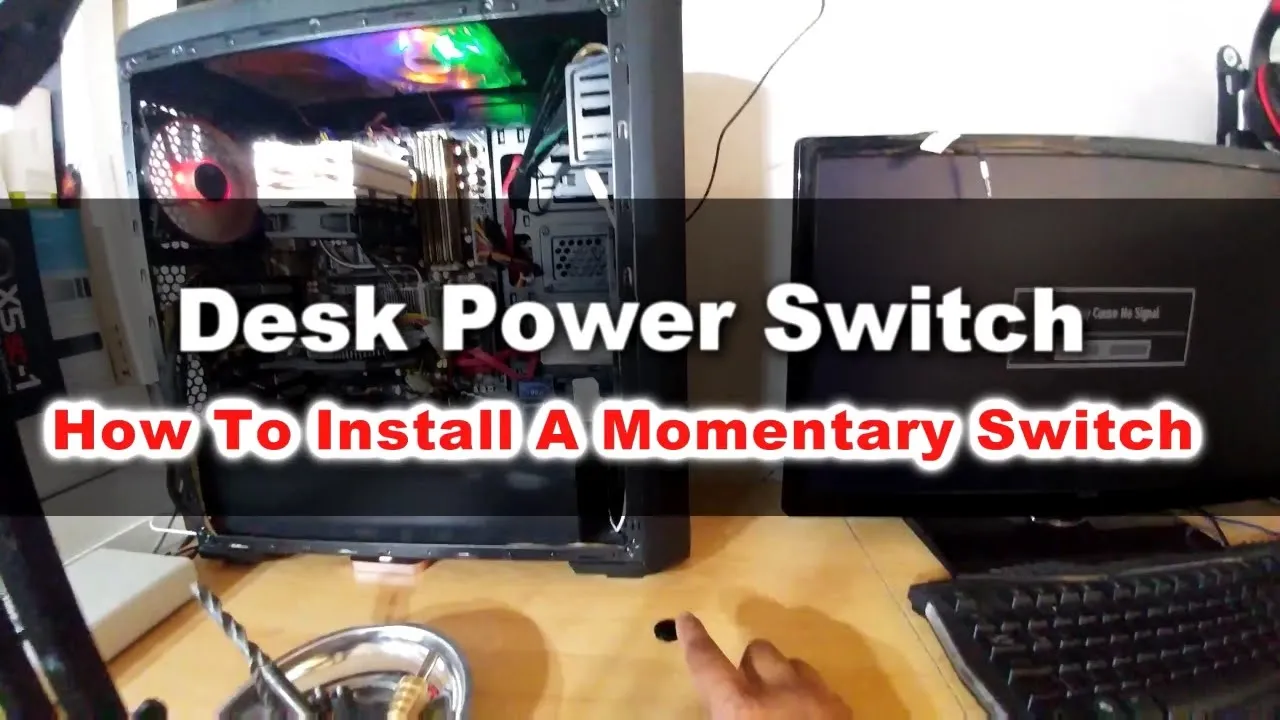

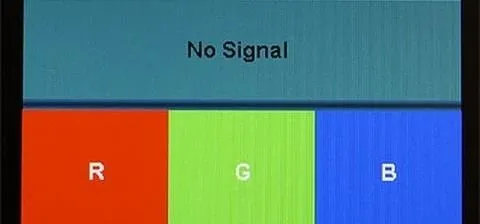



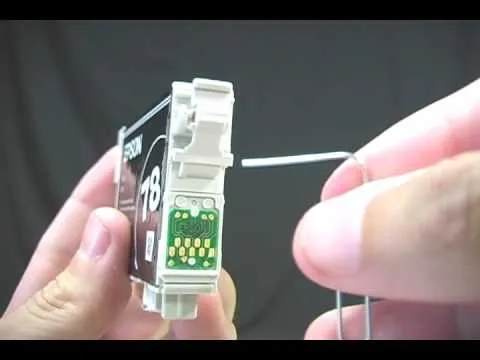


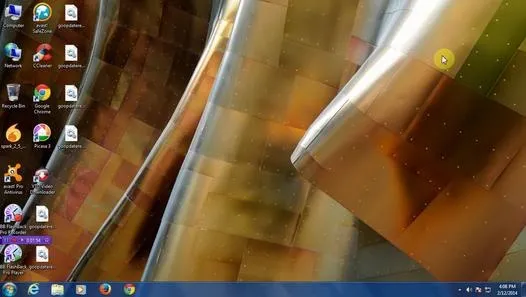
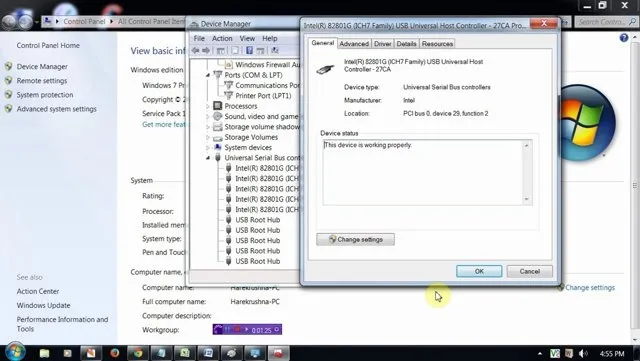



Comments
Be the first, drop a comment!